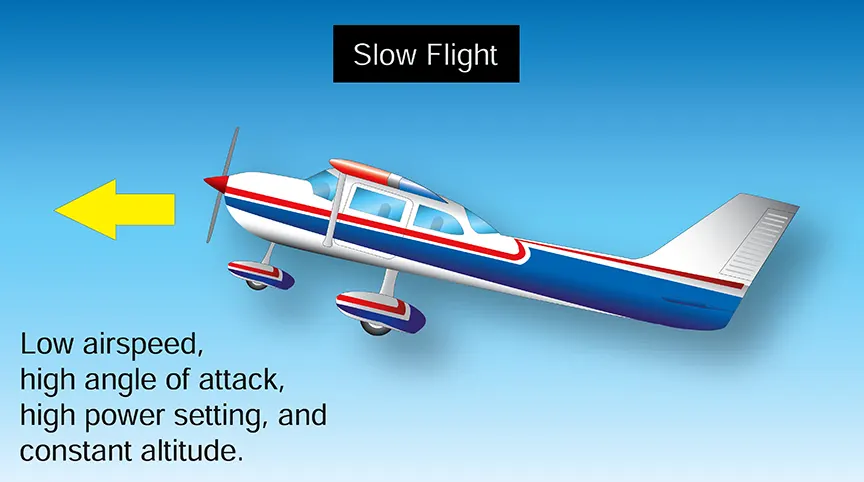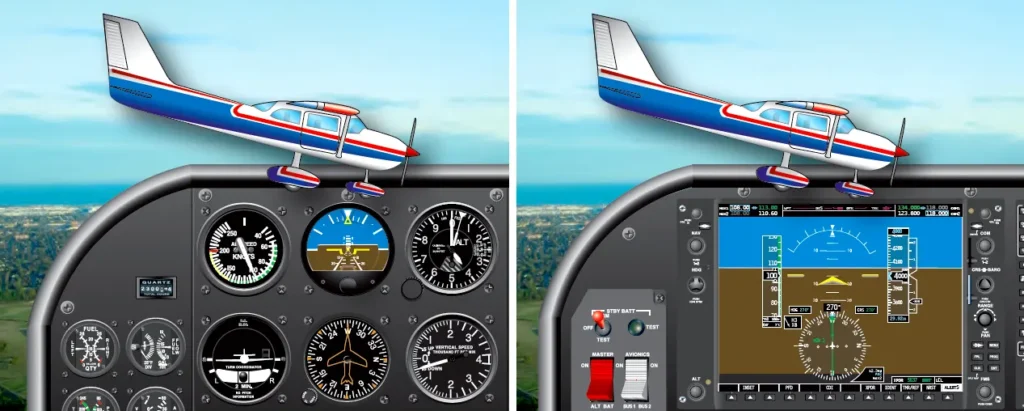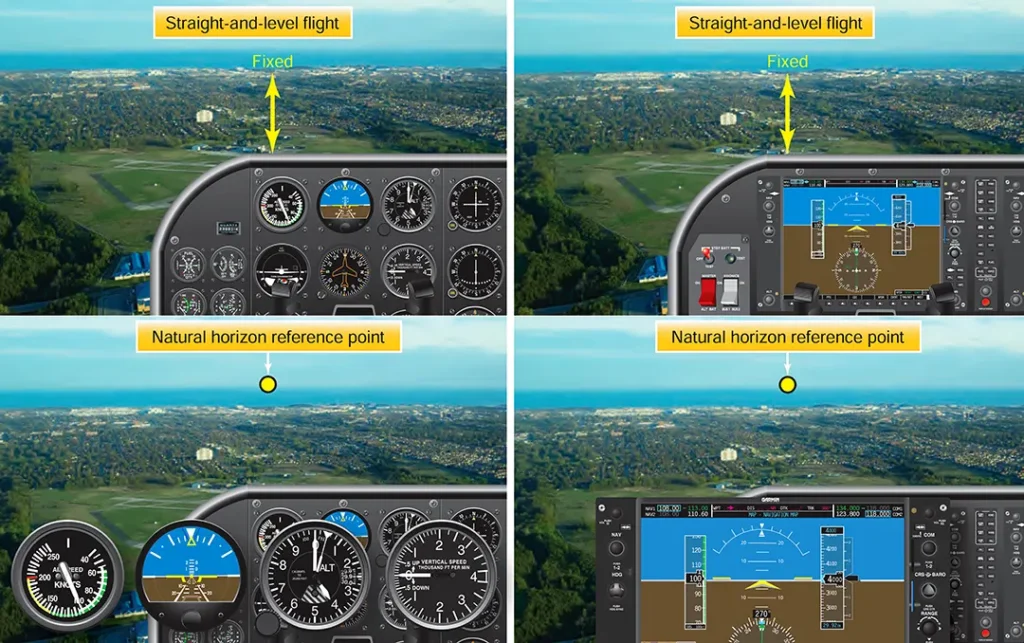Airplane Takeoffs and Departure Climbs
Airplane Flying, Flying TrainingAbout twenty percent of all yearly general aviation (GA) accidents occur during takeoff and departure climbs, and more than half of those accidents are the result of some sort of failure of the pilot. A significant number of takeoff accidents are the result of loss of control of the airplane. When compared to the entire […]










